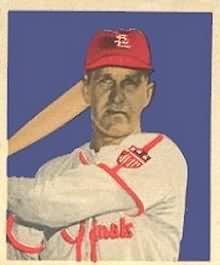One of the many puzzling aspects of the Bellaire police’s highly suspicious shooting of Robert Tolan in the 23-year-old man’s front yard is how the cops allegedly came to believe (wrongly, it turned out) that the car Tolan and a cousin were riding in was stolen.*
Now we have an answer, of sorts, from the 23
rd paragraph of a story found on Page 9 (talk about burying the news!) of the Jan. 6
Village News, a weekly giveaway that apparently is still not available on-line (so you’ll have to take our word on it---we’re good for it).
The foul-up is being attributed to Bellaire officer J.W. Edwards, who had followed Tolan’s 2004 Nissan Xtera to the Tolan family’s driveway after, as the
Village News recounts in the 6
th and 7
th paragraphs of its story, “he tapped Tolan’s license plate into his laptop computer [and] … got a hit. The vehicle came back as stolen.” A full sixteen paragraphs later the
News completes the sequence (with no attribution, although the entire story is heavily slanted toward the Bellaire Police Department’s version of events):
After the incident [Tolan’s shooting], the officers learned the vehicle was, indeed, not stolen [as Tolan’s mother had informed them].
Edwards had mistyped one numeral, and in a mistake that defies the laws of probability, the return came back a black Nissan that was stolen. [emphasis added]
Defies the laws of probability? We’re pretty sure the young
Village News scribe did not mean to say that such an explanation was
impossible (didn't he?), yet you don’t have to open your nostrils very wide to detect a bad odor coming off this entire incident.
We’re not passing judgment---we weren’t there, and so far we’ve got very few facts to base a judgment on---but we do hope the newly installed district attorney gets cracking and pursues the truth with more diligence than her immediate predecessors
might have.
*
Also puzzling, but inconsequential in the scheme of things, is why the Houston Chronicle, after correctly running the Tolan shooting as its front-page play story on New Year's Day, let four days elapse before it got around to again reporting on the shooting. Talk about a long weekend!

